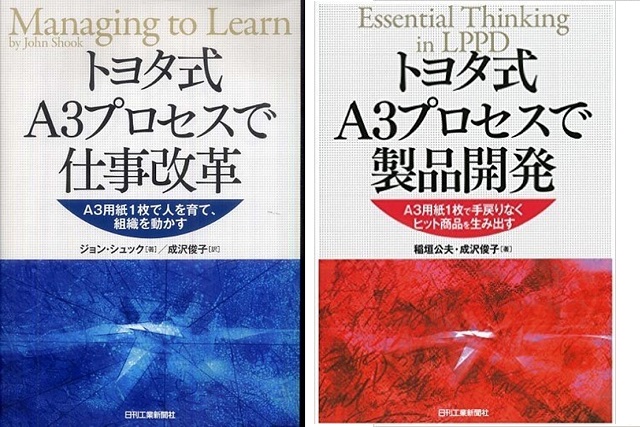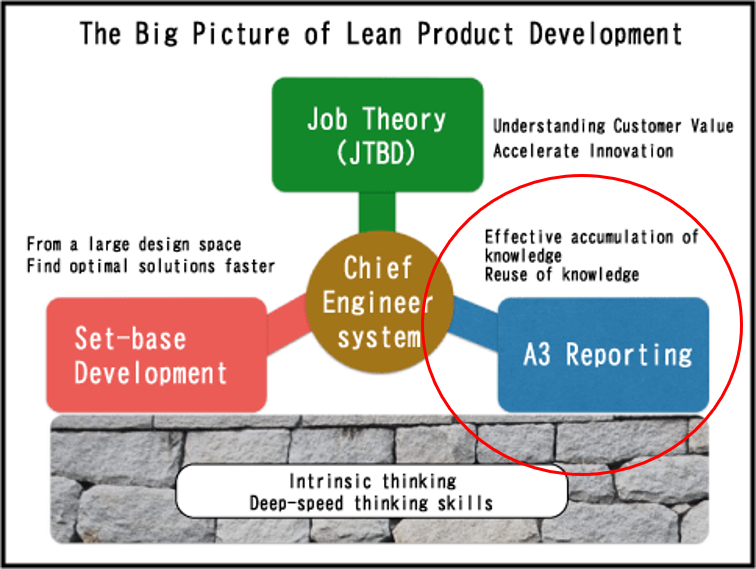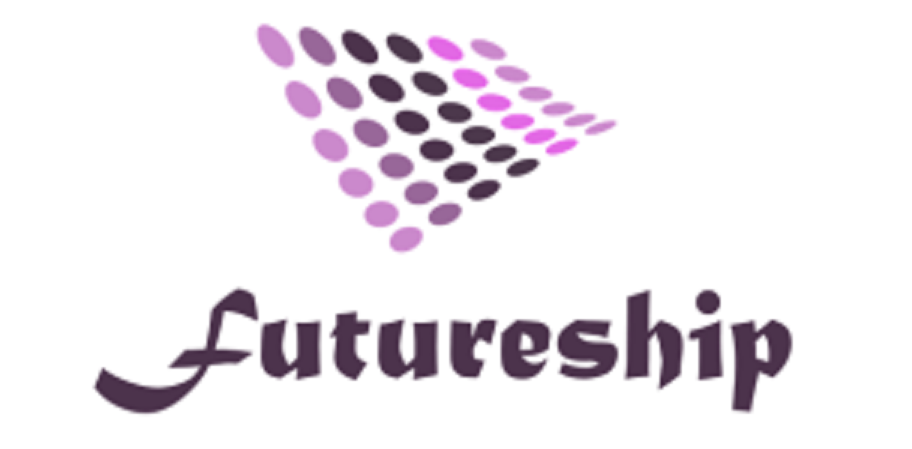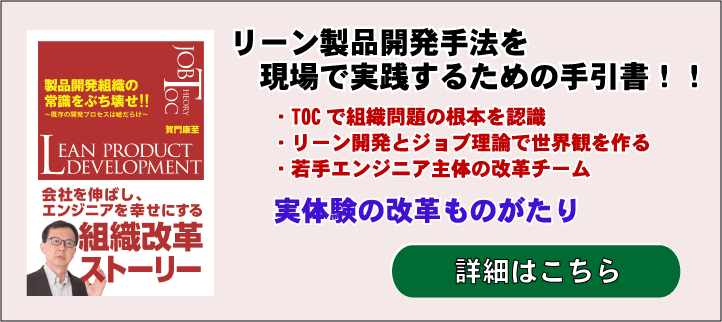
Do you have any of the following problems?
- There are no veteran skills left in the company.
- The same quality problems occur over and over again.
- I don’t know what is going on between organizations.
- The transfer of technology to younger employees is stagnant, and younger employees are having trouble growing.
Are you experiencing any of these situations in your company?
In the Lean Product Development proposed by Futureship (the whole picture below), we will help you create a culture of A3 reports, accumulate technical knowledge as a company asset, and create a system and culture to reuse knowledge assets within the company.

A3 Purpose of the report
If a company is successfully operating a so-called technical report, perhaps it may be argued whether the report format needs to be on A3 paper.
My personal recollection is that even in non-Toyota companies, around the 1980s, during the heyday of TQC, it was widespread to write everything on a single A3 sheet.
I believe that writing a report on a single sheet of paper had a great advantage in solving problems, making proposals, and communicating know-how to others in a short time.
Especially in the case of briefing sessions for executives, the agenda piles up and a lot of reports have to be processed in a fixed time.
At that time, there is nothing better than an A3 sheet with a clear and concise description of what needs to be said.
Even an A4 report may be fine if the important contents are summarized properly on the first page, but it would be better if the report is more dense than an A4 summary and can be completed without the need for the second and subsequent pages.
The first purpose of the A3 report is to communicate accurately in a short time.
The A3 report, which is introduced as the Toyota method, aims to develop good products in a short period of time by accumulating “knowledge” in addition to communicating clearly and concisely.
If the knowledge gained somewhere in the company can be shared and reused throughout the company, unnecessary effort can be avoided.
The main purpose of the A3 report is to share knowledge widely and deeply in order to avoid repeating the same problem.
The reuse of knowledge is another objective.
A3 report is a company’s knowledge asset
In lean product development, an A3 report is more than just a report.
- It’s not the end of the story, it’s what happens after it’s written that counts.
- It is a knowledge asset of the company, not a product of one individual.
- It is something that should be improved and completed by supervisors and subordinates and the organization as a whole.
- A tool to connect the company’s “knowledge” to new technological development.
In other words, the A3 report needs to be considered as an asset that should be protected by the entire company.
A3 reporters are communication tools
Through the A3 report, you can revitalize the technical communication within the company.
In the Lean Product Development approach, the A3 report is not something to be managed in a database, but to be seen and remembered by the reader, making it a common understanding within the company.
For this purpose
- “Who and what to communicate” is the absolutely necessary starting point.
- A report that cannot be conveyed to others is worthless. ⇒A report in which the reader plays the leading role
- Convey the passion of the reporter. ⇒Create an organizational culture to be proud of.
- Convert into “knowledge” that can be used by many other departments.
- If technical questions remain, they will become the source of innovation.
- Use it as a tool for training subordinates.
We will pay attention to the following points in creating the report.
Key points for improving the quality of A3 reports (as an organization)
In order to write a report that is well communicated to the reader in a single document, it is necessary to improve the organizational level.
We aim to improve the quality as an organization by improving the skills of each individual and by having supervisors and surrounding peers correctly point out and guide them.
Conventional reports are individual achievements and depend on the skills of the individual, but in Lean product development, we must create an A3 report culture by changing everyone’s mindset to that of a company asset.
The following is a list of key points to improve the quality of the A3 report as an organization.
- Write as if you are telling a story
- Write in such a way that the reader can understand it deeply ⇒Internal marketing philosophy
- Eliminate assumptions ⇒”why why why?” Repeat “Why?” and continue to pursue the essence (for both supervisors and subordinates)
- Mutual improvement can be achieved through a culture of wide disclosure and mutual exchange of opinions
- Praise good reports
- Supervisors do not give answers, but give hints
Ron Marsiglio, President of Teradyne Vensos, an American company that promotes Lean development methods from the top down, says
An A3 report takes、
- 10 hours to write
- 10 minutes to read
- 10 seconds to reuse
And, “If it’s not in the A3 report, it doesn’t exist in the company.”
However, for those who are not used to writing A3 reports, A3 reports (all on one sheet) are not easy.
- You can’t keep it short.
- You can’t decide what is important.
- Not knowing what is essential.
- It is difficult to express visually.
And so on.
The A3 process is something we can improve as an organization.” There is know-how in the process of repeating “why-why” between supervisors, subordinates, and peers.
The tacit knowledge of veterans is transformed into a company asset through the A3 culture and A3 process, and word of mouth among employees begins to spread, creating communication that unites the entire company.
Related articles:
A Case Study of Organizational Reform through Report Writing
A Guidance System for Achieving Results by Introducing A3 Reporting Activities
What is Toyota-style lean product development?
Understanding Set-Based Development
How to create an A3 report culture
In order to create an A3 report culture as an organization, it is necessary to improve the skill of writing individual A3 reports.
No matter how many A3 reports you have that are not communicated, knowledge will not be shared in an A3 report culture and development will not be stimulated by A3.
In order to improve the skills of each individual, the supervisor, or manager, who is the leader of the team, must be upgraded and must have a thorough teaching method.
If a culture of writing high-quality A3 reports has been fostered over a long period of time, it can be inherited, but if a culture of writing A3 reports is to be created in the future, in my experience, it often fails because the manager class cannot keep up.
Not only in the case of the A3 report, but also in the case of introducing a new way of thinking or technology, if you leave it to the front line, it will never work.
First of all, the top management needs to take the initiative and set an example.
As you can imagine, I can’t tell top management to write an exemplary A3 report, so I want them to show me by giving me guidance.
The top management should thoroughly instruct the middle managers on the A3 report. This means that the top management should thoroughly instruct the middle managers on the A3 report, or inform them about the ideal A3.
If you don’t follow a procedure where the middle level is upgraded and then expanded to the front line, the middle managers will be left behind and will not be able to show the front line what they can do.
I think the important thing is to create a common understanding that “knowledge” and “know-how” are valuable assets of the company, and to keep sending out an implicit message that the entire team will protect the valuable assets, and therefore will not compromise on writing high-quality A3s.
In order to deploy the A3 report, or any Lean development methodology, we need to work together to change the rules and culture.
Futureship has the know-how to create an A3 culture.
Please contact us.
If you are interested, please contact us from below.





